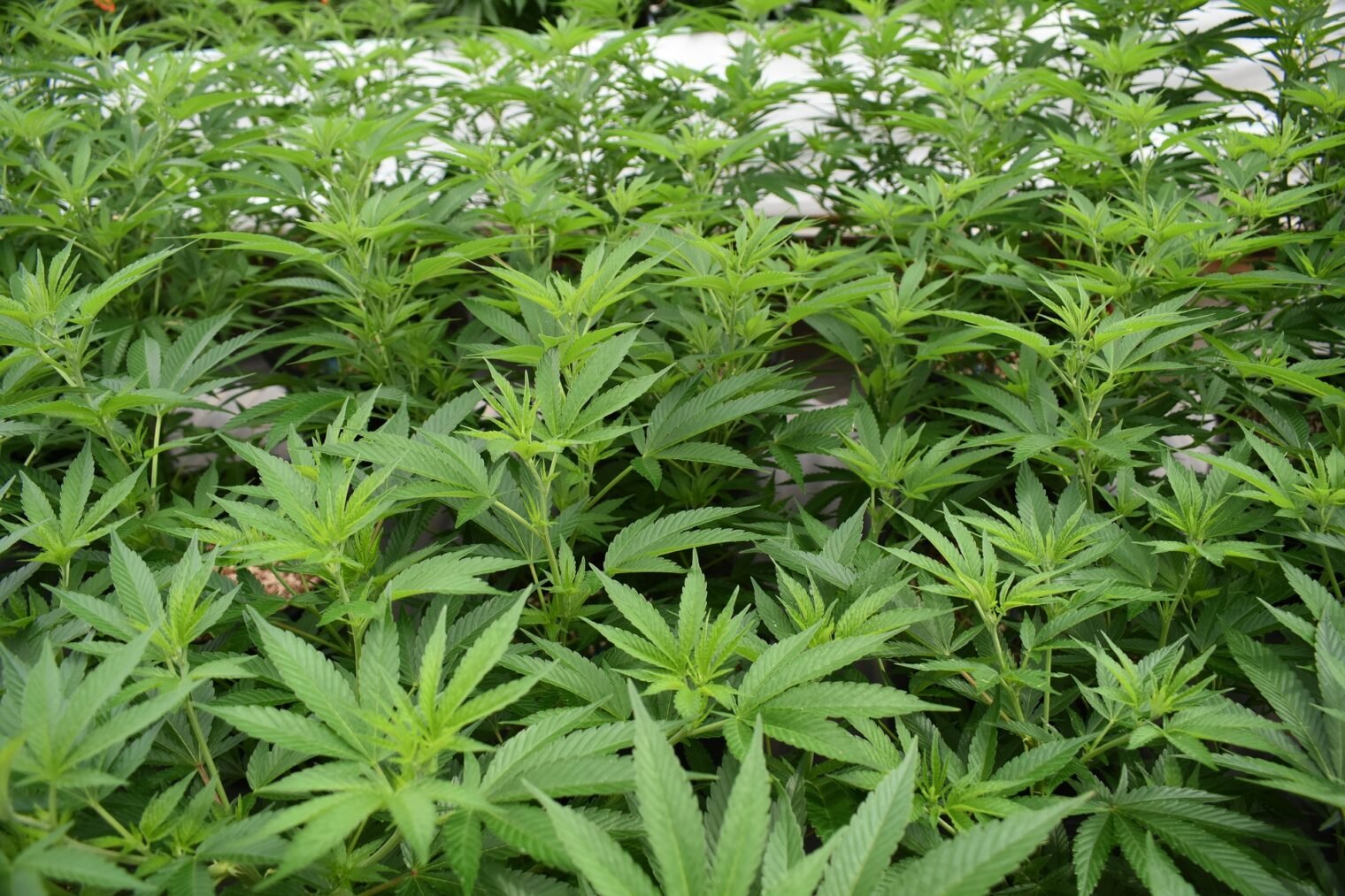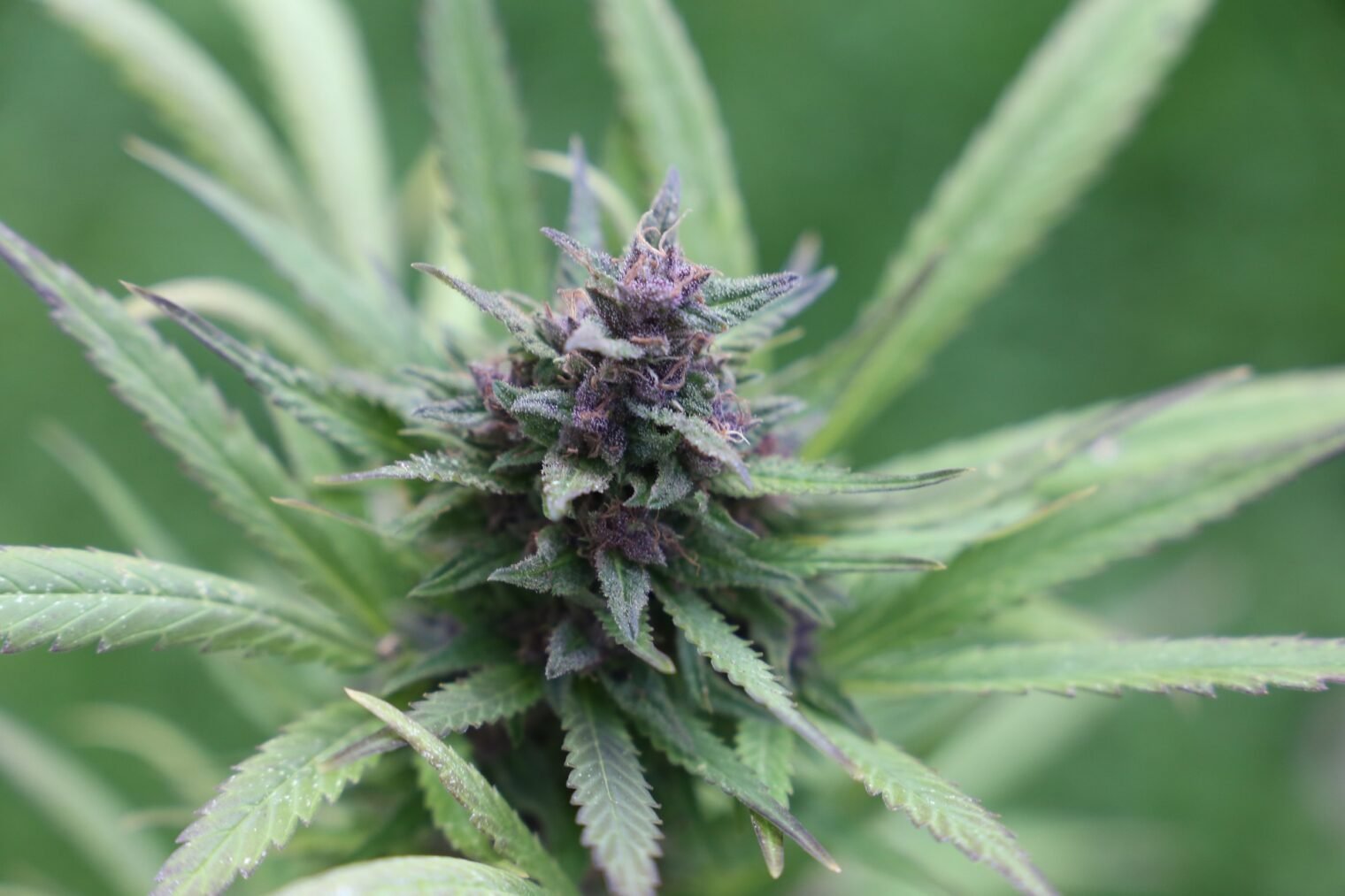Top Tips for Processing Cannabis in 2024

Table of Contents
Processing cannabis is getting more important every day. Many people find it hard to keep up with the best ways to do this. Did you know that the quality of processed cannabis can change a lot depending on how you handle it? Our article provides tips and tricks for better processing in 2024.
We will show you how to harvest, extract, and control temperature properly. This way, your cannabis is always top-notch. Follow our advice to stay ahead in processing methods. Keep reading; this information could change your approach!
Best Practices for Harvesting and Processing Cannabis
Mastering best practices for harvesting and processing cannabis ensures top-quality end cannabis products. Understanding drying and curing methods, as well as the influence of external factors, is crucial.
Freezing cannabis can also impact the overall quality during processing.
Drying and curing methods
Proper drying and curing of cannabis is crucial for optimising its potency, flavour, and aroma. The process starts by hanging the harvested cannabis upside down in a controlled environment.
This ensures even drying without losing precious terpenes. Fans help circulate air, but direct airflow on the plants should be avoided to prevent uneven drying.
Curing comes after the buds feel dry to the touch, usually taking about a week. Placing them in airtight containers helps regulate humidity levels which are critical for preserving cannabinoids and terpenes.
Opening these containers several times a day allows for exchange of fresh air which prevents mould formation while ensuring that all parts of the bud cure evenly. This step can significantly enhance the quality of the final product, making it an essential practice in top-notch cannabis processing techniques.
Influence of external factors
External factors such as temperature, humidity, and air quality play a crucial role in the final quality of cannabis. The environmental conditions during drying and curing can significantly impact the potency, aroma, and flavor of the end product.
Factors such as light exposure, temperature fluctuations, and moisture levels need to be carefully controlled to prevent degradation of cannabinoids and terpenes. Additionally, external factors can also affect the shelf life and overall stability of processed cannabis products.
The influence of external factors extends beyond post-harvest processing; it also affects extraction processes. Variables like temperature control during solvent-based extraction methods or pressure changes in alternative extraction techniques directly impact the yield and purity of extracted compounds.
Freezing cannabis
Freezing cannabis can be an effective method for preserving its freshness and potency. By using airtight containers, you can ensure that the quality of the cannabis is maintained. It’s important to note that freezing cannabis can help prevent mould growth and preserve cannabinoids and terpenes, which are vital for the plant’s medicinal properties.
Additionally, freezing cannabis can slow down the degradation process and extend its shelf life.
Extraction Techniques for Medicinal Cannabis
When processing medicinal cannabis, it is essential to consider various extraction techniques, such as solventless and solvent-based methods. These techniques play a crucial role in obtaining high-quality cannabis extracts with specific medicinal properties.
Solventless extraction
Solventless extraction involves using methods such as rosin press or sift to extract resin from the cannabis plant without the use of any solvents. This process preserves the natural terpenes and cannabinoids, ensuring a high-quality final product that appeals to consumers who prioritise purity and potency in their cannabis products.
Practising solventless extraction aligns with sustainable processing practices and meets increasing consumer demand for clean and chemical-free cannabis products.
Solvent-based extraction
Solvent-based extraction involves using chemical solvents such as ethanol, butane, or propane to strip the desired compounds from the cannabis plant. These solvents dissolve the cannabinoids and terpenes, which are then separated from the plant material through evaporation.
This method is widely used in commercial operations due to its efficiency in extracting a high yield of cannabinoids, making it suitable for large-scale production.
The use of solvent-based extraction requires careful handling and thorough understanding of the equipment involved to ensure safety and quality. It’s crucial to adhere to regulations governing this process and implement rigorous testing for residual solvents in the final product.
Furthermore, it’s essential that skilled professionals handle this technique proficiently.

Conventional and alternative methods
Conventional and alternative methods play a vital role in cannabis extraction. Conventional methods, such as butane or ethanol extraction, involve the use of solvents to separate cannabinoids from plant material.
Alternative methods like CO2 extraction utilise carbon dioxide to achieve a more precise and clean separation process. Both approaches have their advantages and drawbacks, making it crucial for processors to carefully consider which method best suits their specific needs.
In addition, conventional techniques like distillation can be complemented with innovative alternatives such as terpene isolation through steam distillation or cold-pressing. These novel methods allow for the preservation of delicate aromatic compounds in cannabis extracts.
Temperature Control in Cannabis Processing
Maintaining precise temperature control is essential in cannabis processing to optimise the extraction and distillation processes. To discover more on this fascinating topic, delve into our article for the latest insights.
Importance of precise temperature control
Precise temperature control is crucial in cannabis processing. It ensures the preservation of delicate compounds and the consistency of product quality. The right temperature also optimises extraction processes, enabling efficient yield and potency.
Monitoring and adjusting temperatures during various stages such as drying, curing, extraction, and distillation are vital to produce high-quality cannabis products that meet industry standards.
Equipment needed
To ensure precise temperature control in cannabis processing, the necessary equipment includes industrial-grade heating and cooling systems, such as thermostats, heaters, chillers, and heat exchangers.
Additionally, precision temperature control is achieved through the use of reactors with integrated temperature sensors and distillation columns equipped with accurate digital thermometers.
Sophisticated laboratory apparatus like rotary evaporators and vacuum ovens are indispensable for specific extraction techniques. Moreover, a reliable power backup system is crucial to prevent any disruption in temperature regulation during processing.
The advanced equipment needed for enhancing cannabis processing also encompasses analytical instruments including gas chromatographs and mass spectrometers for rigorous quality testing.
Enhancing distillation and reactor temperature control
To ensure optimal cannabis processing, enhancing distillation and reactor temperature control is crucial. This can be achieved by using precise equipment that includes advanced monitoring systems and automated controls.
By implementing these measures, the quality of the final product can be maintained, meeting the demands of ever-evolving extraction techniques in the cannabis industry.
In addition to reaching targeted temperatures, integrating technology such as smart sensors and feedback loops into the processing setup is paramount for efficient temperature control during distillation and reactor processes.
These tools aid in achieving consistent results, reducing room for error in this critical stage of cannabis processing.
Future Developments in Cannabis Processing
Future developments in cannabis processing include eliminating refrigerants in processing, advancements in extraction techniques, improving testing and quality control, and adopting sustainable practices.
Some of the new methods will enhance sustainability by reducing environmental impact and energy consumption while ensuring product quality is not compromised.
Eliminating refrigerants in processing
To achieve greater sustainability and minimise environmental impact, the cannabis industry is actively exploring ways to eliminate refrigerants in processing. This includes leveraging innovative cooling technologies and alternative methods such as using glycol chillers or water-cooled systems.
By adopting these advancements, cannabis processing facilities can significantly reduce their carbon footprint while maintaining optimal temperature control during critical stages of production.
Incorporating sustainable practices like eliminating refrigerants not only aligns with the industry’s commitment to environmental stewardship but also supports long-term viability amidst evolving regulations and consumer expectations for eco-friendly products.
Advancements in extraction techniques
Innovative extraction techniques have revolutionised the cannabis industry, offering more efficient and environmentally friendly methods. Solventless extraction methods, such as rosin pressing and ice water hash, have gained popularity due to their safer and purer results.
The use of advanced technology in solvent-based extraction processes has also allowed for increased precision and control over the final product. These developments play a crucial role in meeting the increasing demand for high-quality medicinal cannabis products while adhering to sustainable practices.
Improving testing and quality control
Improving testing and quality control in cannabis processing is crucial for ensuring product safety and consistency. Rigorous testing protocols, including potency, pesticides, heavy metals, and microbial contamination tests, are essential to meet regulatory standards and provide consumers with high-quality products.
Implementing advanced analytical methods and technologies such as High-Performance Liquid Chromatography (HPLC) or Gas Chromatography-Mass Spectrometry (GC-MS) can facilitate accurate cannabinoid profiling and identification of impurities.
Regular calibration of equipment and stringent quality assurance procedures contribute to reliable testing outcomes.
Adopting robust quality control measures involves comprehensive monitoring at every stage of the production process. From raw material inspection through to final product analysis, an integrated approach ensures compliance with strict quality benchmarks.
Utilising automated systems for real-time data collection enables prompt corrective actions when deviations occur, maintaining product integrity throughout manufacturing processes.
Sustainable practices in processing.
Implementing sustainable practices in processing is crucial for reducing the environmental impact of cannabis production. Incorporating energy-efficient equipment and renewable energy sources can significantly decrease the carbon footprint of processing facilities.
Embracing eco-friendly packaging, waste management strategies, and water conservation techniques further contributes to a greener approach to cannabis processing.
Moreover, investing in organic cultivation methods and utilising natural pest control measures aligns with the growing demand for environmentally friendly products in the cannabis industry.
Processing Cannabis the Right Way
Explore the cutting-edge techniques and strategies shared in this article about cannabis processing. Discover practical, efficient methods that can elevate your processing practices.
How could you incorporate these tips into your own cannabis operations? Consider the significant impact of implementing these top-notch processing approaches. Delve into further resources to expand your knowledge and drive success in cannabis processing.
Let’s ignite inspiration and action by embracing innovative solutions for an ever-evolving industry.


